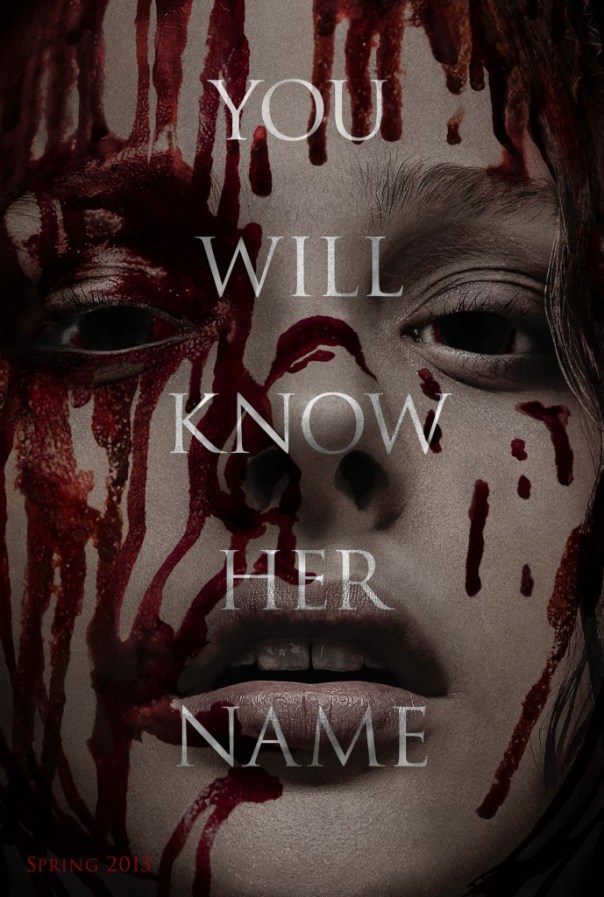 In his book, On Writing, Stephen King said that the character Carrie White was a composite of two girls he observed while attending grade school and high school.
In his book, On Writing, Stephen King said that the character Carrie White was a composite of two girls he observed while attending grade school and high school.
She was a very peculiar girl who came from a very peculiar family. Her mother wasn’t a religious nut like the mother in Carrie; she was a game nut, a sweepstakes nut who subscribed to magazines for people who entered contests … the girl had one change of clothes for the entire school year, and all the other kids made fun of her. I have a very clear memory of the day she came to school with a new outfit she’d bought herself. She was a plain-looking country girl, but she’d changed the black skirt and white blouse – which was all anybody had ever seen her in – for a bright-colored checkered blouse with puffed sleeves and a skirt that was fashionable at the time. And everybody made worse fun of her because nobody wanted to see her change the mold…
Carrie tells the story of a teenage girl who has suffered years of abuse at the hands of her own mother and her schoolmates. Carrie’s repressed rage simmers below her awkward exterior, until a tragedy unleashes her uncontrolled telekinetic powers with cataclysmic results. A series of documents, interviews and extracts from books, weave in and out of Carrie’s own tale, describing the the aftermath of the “Black Prom” in Ewen. But the book does not tell just the story of Carrie, it also tells us the story of her mother, Margaret White, her fleeting ally, Sue Snell, and her tormentors Chris Hargensen and Billy Nolan.
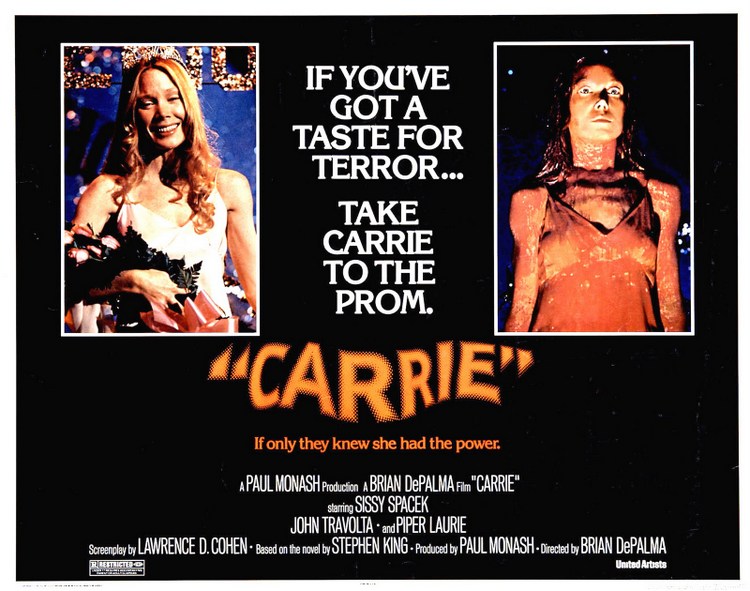
Brian De Palma’s Carrie was a definitive horror film, receiving widespread critical acclaim and earning Sissy Spacek and Piper Laurie an Academy Award nomination each. De Palma’s Carrie is also a product of its time. It is dated. The opening scene of stark-naked teenagers wandering around a steamy locker room complete with a lingering scene of Carrie showering, the cheesy score and the really dreadful acting of the one-dimensional supporting cast just screams 1970s. It is unsurprising he didn’t do Stephen King’s book much justice, but as a film it was a triumph. The taboo depiction of menstrual blood would certainly have served to shock in 1976, and de Palma’s stunning visuals drench us in blood, in Carrie’s blood, in her rage and her torment and fear. After the opening scene of the film where Carrie’s schoolmates torment her in the locker room, however, de Palma treats Carrie’s schoolmates a little too lightly. Spacek and Laurie’s chilling performances are almost parodied the vapid supporting cast.
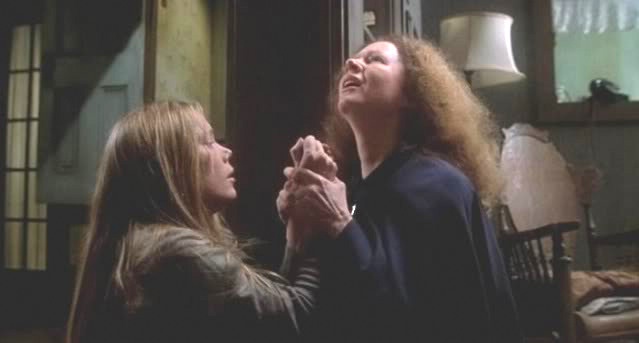
The word she was avoiding was expressed To Conform, and it conjured up miserable images of hair in rollers, long afternoons in front of the ironing board in front of the soap operas while hubby was off busting heavies in an anonymous Office; of joining the PTA…the intrusion of repulsive little strangers who shat their pants and screamed for help at two in the morning…standing shoulder to shoulder with Terri Smith (Miss Potato Blossom of 1975) and Vicki Jones (Vice President of the Women’s League) armed with signs and petitions and sweet, slightly desperate smiles…
Stephen King’s Sue Snell encompasses the traditional desperation of a teenager trapped in a small American town. Sue’s journey parallels Carrie’s own, her own self-loathing should not be underestimated. Sue empathises with Carrie, but she questions herself, is her drive to help Carrie motivated by her own desire for salvation?
…she was still uncomfortable about her own motives and afraid to examine them too deeply, lest she discover a jewel of selfishness glowing and winking at her from the black velvet of her subconsciousness…
Stephen King presented a cast of complex characters, not only in Sue and Mrs. White, but in Tommy, Billy Nolan and Chris Hargensen. De Palma was preoccupied with presenting a horror film. Kimberly Peirce tries to probe the secondary characters a little deeper.
…dislike rose in her throat like a paper snake. Looking at Chris was like looking through a slanted doorway to a place where Carrie White crouched with her hands over her head. Predictably she found her own hypocrisy (inherent in the wave and nod) incomprehensible and sickening…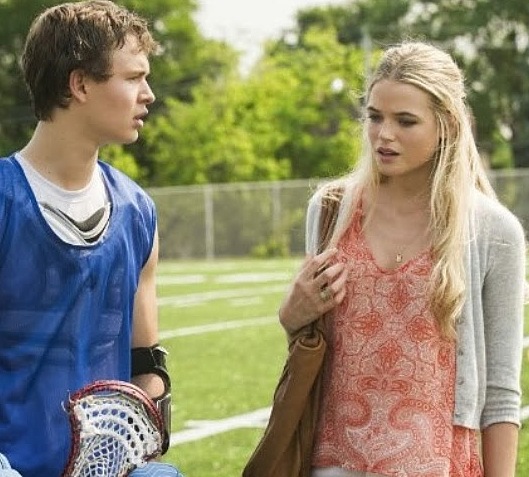
Kimberly Peirce has not presented a re-interpretation of the book, her Carrie is a remake of the 1976 film, with some small touches to give it a modern feel. The scene where Carrie moves an ashtray in the Principal’s office has been canned, library catalogue cards replaced with the searching the internet, running about town to find your friends has been replaced with text messaging. But Peirce still retains much of what de Palma was trying to illustrate, small-minded, small-town teenagers preoccupied with their upcoming prom, who treat the bullying of Carrie with a casual and practised air. The exception being Sue and Tommy.
In fact Thomas Ross appears to have been something of a rarity: a socially conscious young man…neither was he a human chicken in a public-school barnyard, joining mindlessly in the ruin of a weaker hen…
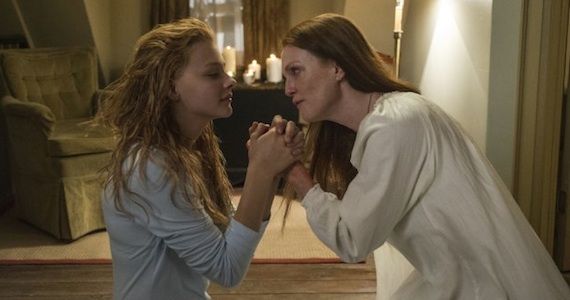
Sue and Tommy are given more attention in this version, less than I would have liked to see, but then they don’t detract from the story of Carrie and Margaret White. Mrs. White opens the film with a gruesome scene giving birth to Carrie where she has no idea what is going on, thinking she is dying of cancer. When her daughter is born she contemplates murdering her until her maternal instinct gets the better of her.
It staggers both imagination and belief to advance the hypothesis that Mrs. Margaret White did not know she was pregnant or even understand what the word entails…the concept, linked irrevocably in her mind with the “sin” of intercourse, had been blocked entirely from her mind. She may have simply refused to believe that such a thing could happen to her…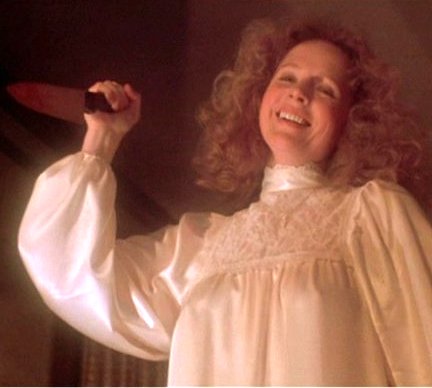
In contrast to the slightly ghoulish Piper Laurie, Julianne Moore presents an empty-eyed and absolutely terrifying portrayal of Margaret White, boiling with hellfire and brimstone. The sickening scenes of self-harm and violence towards Carrie drive home one of the book’s most important themes, destructive relationships. It is not only Mrs. White’s subjugation of her daughter, the relationship between Chris Hargensen and Billy Nolan and even the relationship between Carrie and Sue Snell that lead to the catastrophic events of the prom.
But what can you say for Chris Hargensen herself? It seems to me that from first to last, her one and only object in view was the complete and utter destruction of Carrie White…
Kimberley Peirce is copping a lot of flak for her depiction of Chris Hargensen. A lot of critics have dubbed her too evil or too much of a psychopath. Nancy Allen’s simpering, insipid 1976 version of Chris shows a bit of a spoiled brat out to, what, “simply” bully Carrie White? She’s an airhead, she is unimportant. Portia Doubleday’s portrayal is the polar opposite. There is nothing milk-and-watery about Chris Hargensen. Is a teenager so intent on destroying another person that they would arrange the slaughter of an animal and drench an unsuspecting girl in the animals blood to publicly and utterly humiliate her really just a bit of a nasty little bitch? This is not a normal prank, it is calculated violence, and Doubleday’s portrayal of a narcissistic exhibitionist and a vicious little lunatic is too close to the bone for some.
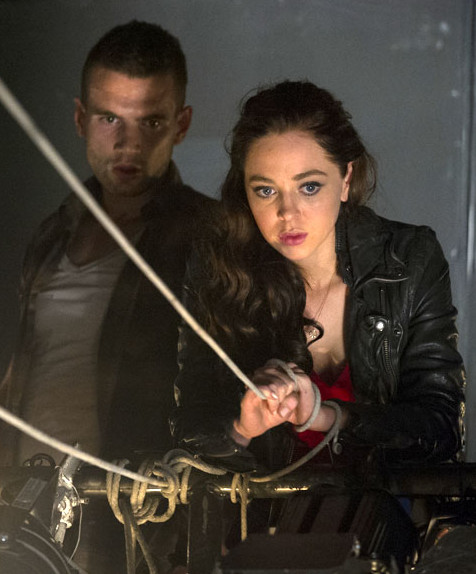 The springs screamed. She pounded her fists helplessly on his back…with one quick, hard yank her zipper was broken, her hips free. “Call your Daddy?” he was grunting. “That what you gonna do?”…She has suddenly ceased to resist. He paused staring down at her, and she had an odd smile on her face…His grin was slow, crazed…the cords on her neck stood out as she hawked back – and spit in his face. They descended into a red, thrashing, unconsciousness…
The springs screamed. She pounded her fists helplessly on his back…with one quick, hard yank her zipper was broken, her hips free. “Call your Daddy?” he was grunting. “That what you gonna do?”…She has suddenly ceased to resist. He paused staring down at her, and she had an odd smile on her face…His grin was slow, crazed…the cords on her neck stood out as she hawked back – and spit in his face. They descended into a red, thrashing, unconsciousness…
The relationship between Chris and Billy spiralling out of control is an important part of the narrative. King chose to tell us the story from Chris’s point of view in parts for that reason, and her story should not be glossed over. Peirce’s decision to place her alongside Billy at the slaughter of the pigs spares us the mental, physical and sexual abuse Chris suffers at the hands of Billy Nolan in the book. Peirce chooses to portray a pivotal point in their brutal relationship in a gruesome pact made in blood. It is fitting.
…his mind made a dim, symbolic connection. Pig blood. That was good. Chris was right. It was really good. It made everything solidify. Pig blood for a pig…
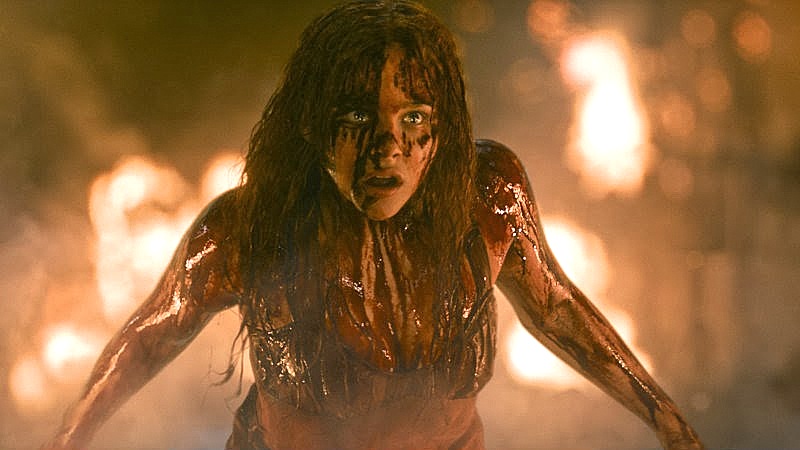
This is the girl they keep calling a monster. I want you to keep that firmly in mind. The girl who could be satisfied with a hamburger and a dime root beer after her only school dance so her momma wouldn’t be worried…
The truly uncomfortable element that Peirce has had to deal with in making this film, if we leave aside the supernatural elements for a moment, is attempting to evoke sympathy for a girl who murdered most of her classmates and many people in her home town. What may have seemed unfathomable in the 1970s is a tragedy we have now seen far too often. Teenagers are more often committing horrific acts of violence against themselves and others, bullying is no longer relegated to the school-yard, teenagers can now be cyber-bullied in what once would have been their sanctuary, their safe place, their bedroom. But Peirce doesn’t try to make this a moralistic tale, this isn’t the uncontrolled and indiscriminate killing we saw in the original movie. Moretz’s Carrie is a murderous Carrie filled with rage and bloodlust, her satisfaction in killing is plain. In fact Carrie almost loses our sympathy. What Peirce has done is make her relevant to us again. The story of Carrie is timeless. One can almost reconcile the victim with the villain.
All Images © Sony Pictures & United Artists



